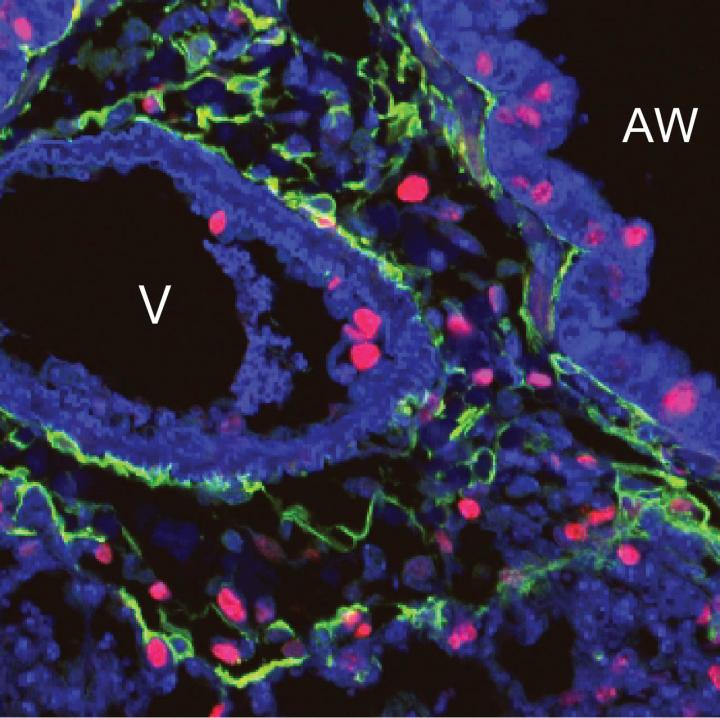New research from the Perelman School of Medicine at the University of Pennsylvania connects the sonic hedgehog to the regulation of repair and regeneration of damaged adult lung tissue. The studies, entitled “Hedgehog actively maintains adult lung quiescence and regulates repair and regeneration“ were funded by the National Heart, Lung & Blood Institute, an American Heart Association Fellow-to-Faculty Transition Award and an Actelion ENTELLIGENCE Award, and published online in Nature.
Well-known for its role in the control of embryonic development, the sonic hedgehog gene has been found in previous studies to be involved in the genomic pathway of lung disease in adults. Certain tissues, such as the lung and the liver, have low levels of cell renewal (turnover), but after stimulus such as an injury become very proliferative. These tissues are said to exist, in absence of such stimulus, in an inactive state, known as “quiescence.”
In order to understand how this state is maintained and regulated in the lung, first author Tien Peng, MD and other researchers experimented with the expression and activation of the hedgehog pathway in an animal model. Study results demonstrate that quiescence is actively maintained and regulated by hedgehog signaling, an outcome that left researchers surprised, as stated by senior author Ed Morrisey, PhD, director of the Penn Center for Pulmonary Biology and scientific director of the Penn Institute for Regenerative Medicine: “We were surprised. This was the exact opposite of what other researchers had suggested and pretty much the opposite of what happens during development. We scratched our heads for a long time.”
The team of researchers studied the effect of the hedgehog gene by first deleting it in airway epithelial cells, where the protein made from the gene is secreted to act on the mesenchymal lining the airways. The loss of gene expression resulted in the proliferation of mesenchymal cells, a result also observed when the hedgehog signaling was directly inactivated in these cells. In addition, after lung injury, hedgehog signaling was decreased. In order to frame the direct effect of hedgehog gene expression in the lung injury event, the team turned on the gene’s expression and observed that mesenchymal cell proliferation was inhibited. Researchers concluded that increased hedgehog signaling is involved in the loss of regenerative properties of adult lung tissue, suppression of cell proliferation and maintenance of mesenchymal and epithelial quiescence.
The research presented greatly contributes to the understanding of development pathways and also provides important information for treatment of degenerative adult lung disease, such as COPD and asthma.

